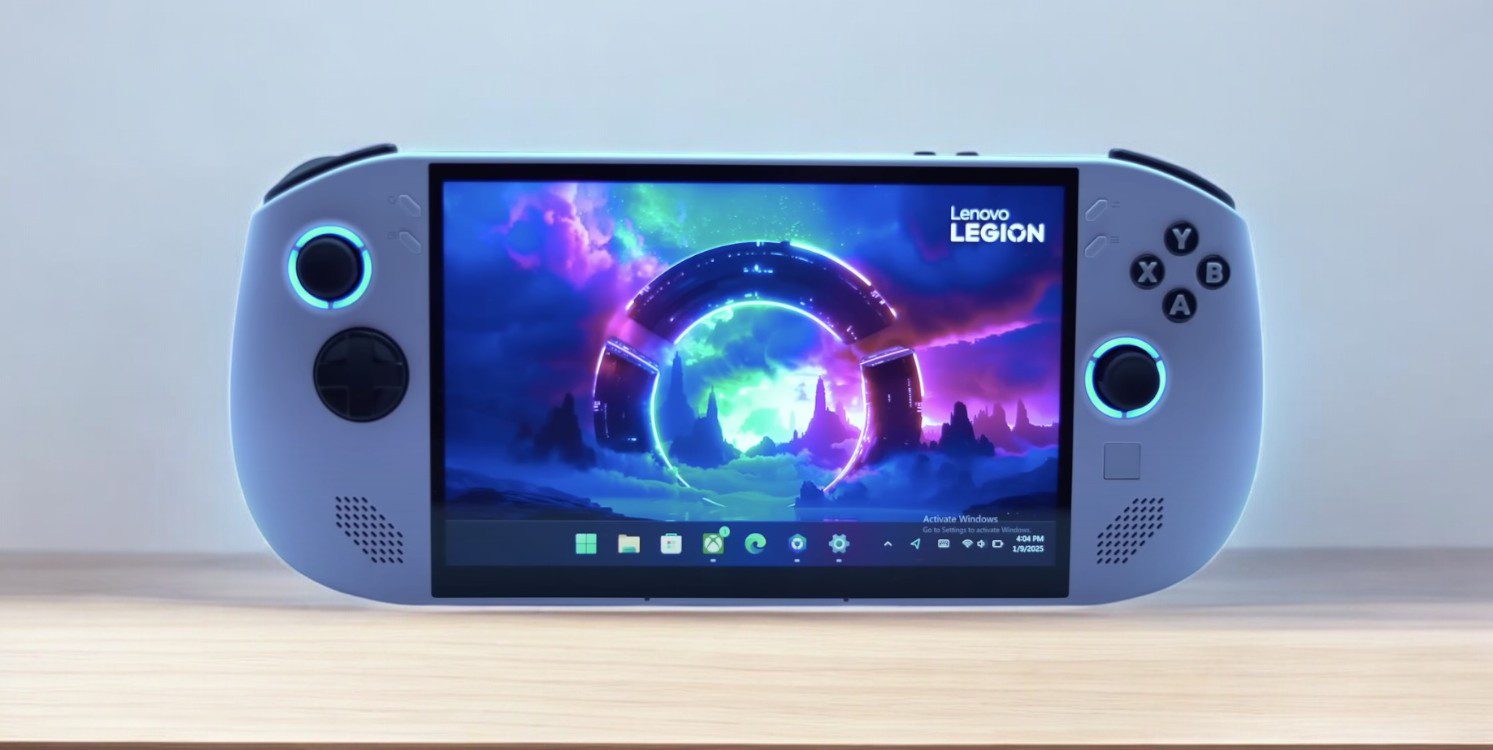Lenovo’s gaming division has officially announced pricing details for its highly anticipated handheld gaming device, the Legion Go S, running on SteamOS. The new device, positioned as a direct competitor to Valve’s Steam Deck, introduces several enhanced features while maintaining competitive price points across different configurations. The Legion Go S boasts improved graphics capabilities, longer battery life, and a more ergonomic design to ensure a superior gaming experience. Enthusiasts are eagerly awaiting the Lenovo Legion Go S release date, which is expected to be revealed in the coming weeks, as Lenovo aims to capture the attention of both casual and hardcore gamers. With its strategic pricing and innovative features, the Legion Go S could be a game-changer in the handheld gaming market. Additionally, Lenovo plans to leverage its established brand presence and extensive marketing strategies to ensure the Legion Go S reaches a broad audience. As the gaming landscape continues to evolve, many industry experts believe that the introduction of this device, coinciding with innovations like when OpenAI launches GPT-4. 5, will significantly impact how gamers interact with their favorite titles on the go. With an eye on future advancements, Lenovo is poised to set new standards in handheld gaming technology. In addition to its impressive specifications, the Legion Go S is expected to benefit from Lenovo’s established reputation in the tech industry, which could help it gain traction among gamers. As Lenovo balances its gaming offerings with the anticipated Lenovo ThinkPad X13 Gen 6 launch, it demonstrates a commitment to innovation across its product lines. Gamers are hopeful that the combination of cutting-edge technology and strategic marketing will position the Legion Go S as a formidable contender in the rapidly evolving handheld gaming landscape.
The base SteamOS model, featuring AMD’s Ryzen Z1 Extreme chip paired with 16GB RAM and a 512GB SSD, will debut in May with a $499 price tag. A more powerful variant equipped with the AMD Ryzen Z2 Go processor and 1TB storage will retail for $599, while the premium Windows 11 edition, boasting 32GB RAM and 1TB SSD, commands a higher price point of $729.
Central to the Legion Go S’s appeal is its 8-inch WQXGA LCD display, delivering a resolution of 1920 x 1200p with a smooth 120Hz refresh rate. The integration of Variable Refresh Rate (VRR) technology and Hall effect joysticks represents a significant advancement over existing handhelds in the market.
The device’s ergonomic design has garnered particular attention from early reviewers. “The Legion Go S demonstrates exceptional comfort during extended gaming sessions,” notes a VICE technology reviewer. “While the D-pad exhibits some mushiness, the overall button layout and control scheme reflect thoughtful engineering.”
Powering the Legion Go S is a custom AMD Ryzen Z2 Go processor, developed through a collaborative effort between AMD and Lenovo. This partnership has yielded a chip specifically optimized for mobile gaming performance, though benchmark comparisons with the Steam Deck remain pending.
Battery endurance tests indicate the 55.5WHr power cell provides between 2.5 to 3 hours of active gameplay, varying based on graphics settings and screen brightness. This positions the Legion Go S competitively within the portable gaming PC segment, where battery life often presents a significant challenge.
The device’s storage configurations address a common pain point in mobile gaming, with options ranging from 512GB to 1TB. This expanded capacity enables users to maintain a substantial game library without constant storage management.
Industry analysts suggest the Legion Go S represents a strategic move by Lenovo to capture market share in the rapidly evolving handheld gaming sector. While the Steam Deck currently dominates this space, Lenovo’s emphasis on premium features and ergonomic design could resonate with consumers seeking enhanced gaming experiences.
As the handheld gaming market continues to mature, the Legion Go S exemplifies the industry’s shift toward more sophisticated portable gaming solutions. The device’s launch may signal increased competition in this segment, potentially driving further innovation across the category.
News Source: The Verge

